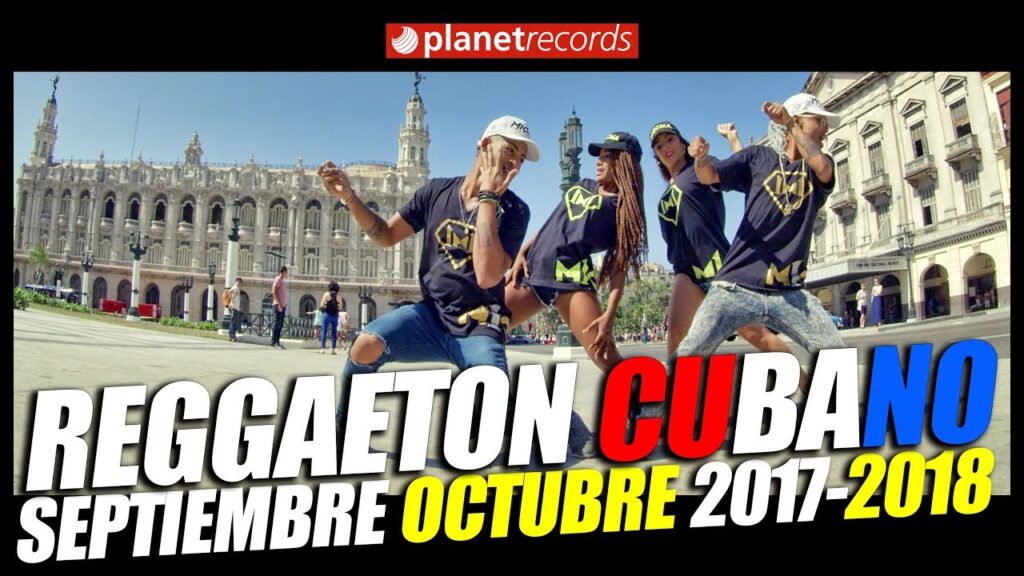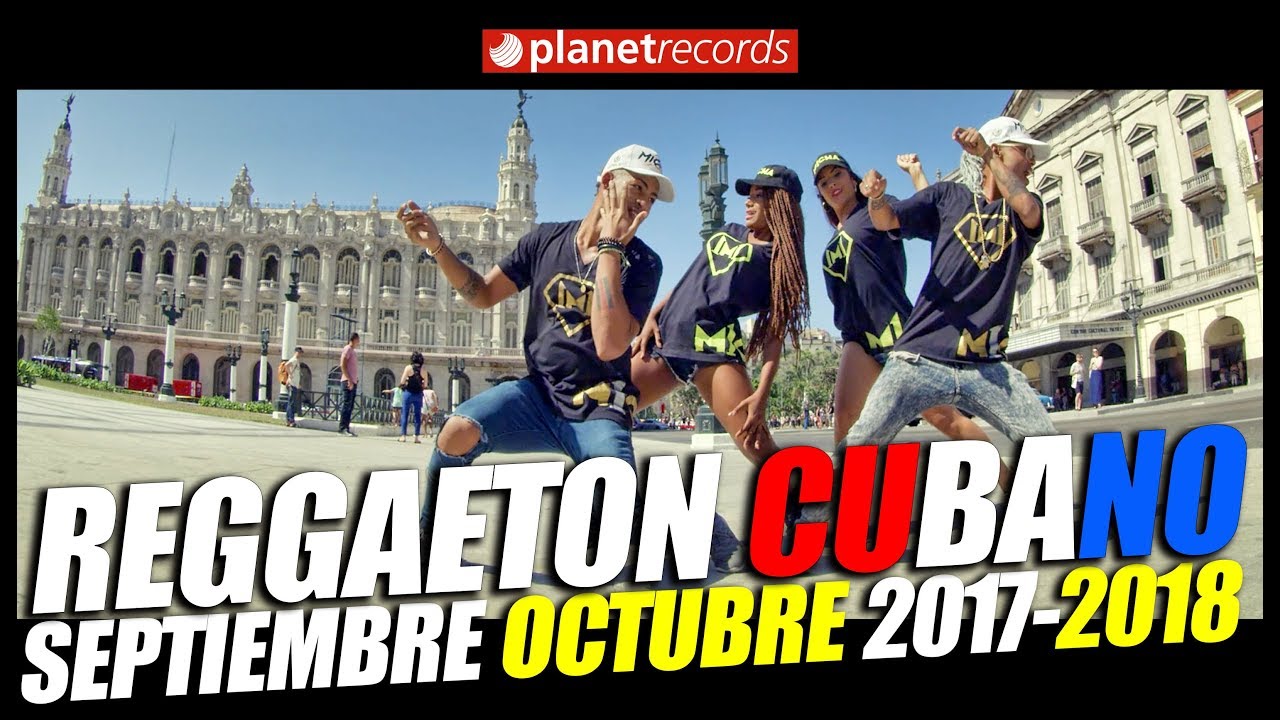
Reggaetón in Cuba: A Cultural Revolution in Sound
Reggaetón, a pulsating blend of Latin rhythms, hip-hop beats, and Caribbean swagger, has found a vibrant home in Cuba. But its journey on the island has been far from straightforward. This article delves into the complex relationship between reggaetón and Cuban culture, exploring its evolution, its impact, and its enduring appeal. We’ll uncover how this music genre, often controversial, has become an undeniable force in shaping contemporary Cuban identity. From clandestine listening sessions to mainstream acceptance, the story of reggaetón in Cuba is a captivating reflection of a society in constant flux.
The Genesis of Cuban Reggaetón: A Transnational Sound
The roots of reggaetón in Cuba can be traced back to the genre’s origins in Panama and Puerto Rico during the late 1980s and early 1990s. As cassette tapes and CDs circulated, the infectious rhythms of early reggaetón began to seep into the Cuban music scene. These sounds, initially dubbed “underground,” resonated with young Cubans seeking a new form of expression, distinct from the established genres of salsa and traditional Cuban music.
Early Cuban reggaetón was heavily influenced by its Panamanian and Puerto Rican counterparts, often featuring direct covers or adaptations of popular tracks. However, it wasn’t long before Cuban artists began to infuse their own unique flavor into the genre, incorporating elements of Cuban son, rumba, and timba. This fusion created a distinctive sound that, while undeniably reggaetón, was distinctly Cuban.
The spread of reggaetón was also fueled by the rise of informal music networks and the circulation of music through “paquetes semanales” – weekly packages of digital content distributed offline via USB drives. These packages became a vital source of information and entertainment for Cubans, bypassing state-controlled media and providing access to a wide range of music, including reggaetón.
Navigating Censorship and Controversy: The Underground Scene
For many years, reggaetón existed primarily in the underground scene in Cuba. The genre faced censorship and criticism from state-run media outlets, which often dismissed it as vulgar, frivolous, or even a negative influence on Cuban youth. This criticism stemmed in part from the genre’s association with marginalized communities and its often explicit lyrical content, addressing themes of sexuality, poverty, and social inequality.
Despite the challenges, reggaetón continued to thrive in the underground, finding a loyal following among young Cubans. Informal parties and concerts, often held in private homes or clandestine venues, provided a space for artists to perform and for fans to connect with the music. These events were crucial in building a sense of community around reggaetón and in fostering its growth as a cultural movement.
The lyrical content of early Cuban reggaetón often reflected the realities of everyday life for many Cubans, addressing issues such as economic hardship, social injustice, and the desire for change. This authenticity resonated with young people who felt that their voices were not being heard in mainstream media. While some lyrics were indeed explicit or controversial, they also served as a form of social commentary, challenging the status quo and expressing the frustrations of a generation.
The Rise of Los Desiguales: Pioneers of Cuban Reggaetón
Among the pioneers of Cuban reggaetón, the duo Los Desiguales stands out as particularly influential. Emerging in the late 1990s, they were among the first to create original reggaetón music in Cuba, blending the genre’s characteristic rhythms with Cuban musical traditions. Their music, often raw and unfiltered, captured the energy and spirit of the streets of Havana.
Los Desiguales’s lyrics tackled a wide range of topics, from love and relationships to social commentary and political satire. Their songs often featured clever wordplay and humorous observations, making them popular with audiences of all ages. They are widely considered among the first generation of artists to truly create a unique and identifiable Cuban Reggaeton sound.
Despite facing censorship and limited opportunities, Los Desiguales persevered, building a devoted following through live performances and the circulation of their music on cassette tapes and CDs. They paved the way for future generations of Cuban reggaetón artists, demonstrating that it was possible to create authentic and compelling music within the constraints of the Cuban music industry.
From Underground to Mainstream: The Gradual Acceptance of Reggaetón
Over time, the attitude towards reggaetón in Cuba began to shift. As the genre’s popularity continued to grow, even state-run media outlets started to take notice. Recognizing the undeniable influence of reggaetón on Cuban youth culture, some radio stations and television programs began to cautiously incorporate the music into their programming.
This gradual acceptance was also driven by the emergence of a new generation of reggaetón artists who were more willing to collaborate with established musicians and to create music that was more palatable to mainstream audiences. These artists often toned down the explicit content of their lyrics and incorporated elements of other genres, such as pop and salsa, to broaden their appeal.
The increasing visibility of Cuban reggaetón artists on the international stage also played a role in its acceptance at home. As Cuban reggaetón musicians gained recognition and success abroad, they helped to legitimize the genre in the eyes of the Cuban government and the general public.
Cuban Reggaetón Today: A Diverse and Evolving Sound
Today, reggaetón is an integral part of the Cuban music scene. The genre has evolved significantly since its early days, incorporating a wide range of influences and styles. Cuban reggaetón artists are experimenting with new sounds, pushing the boundaries of the genre, and creating music that is both innovative and distinctly Cuban.
Many Cuban reggaetón artists are now achieving international success, collaborating with musicians from around the world and performing at major festivals. Their music is helping to spread Cuban culture and to showcase the talent and creativity of Cuban artists to a global audience.
Despite its mainstream acceptance, reggaetón in Cuba continues to be a source of debate and controversy. Some critics still view the genre as vulgar or lacking in artistic merit. However, its popularity among young Cubans is undeniable, and it continues to be a powerful force in shaping contemporary Cuban culture.
Key Figures Shaping the Reggaetón Landscape in Cuba
- Chocolate MC: Known for his controversial lyrics and distinctive style, Chocolate MC is a prominent figure in the Cuban reggaetón scene.
- El Chacal: A popular artist known for his collaborations and catchy tunes, El Chacal has achieved international recognition.
- Gente de Zona: This duo has gained global fame with their fusion of reggaetón and Cuban rhythms, collaborating with artists like Enrique Iglesias and Marc Anthony.
- Los 4: Another influential group, Los 4 are known for their socially conscious lyrics and their dedication to promoting Cuban culture.
The Influence of ‘El Paquete Semanal’ on Reggaetón’s Popularity
“El Paquete Semanal” (the weekly package) is a unique Cuban phenomenon that has significantly impacted the distribution and consumption of reggaetón music. Due to limited internet access, Cubans rely on this offline distribution network to access a wide range of digital content, including music, movies, TV shows, and news. Reggaetón, being a popular genre among young Cubans, is heavily featured in these packages.
This informal distribution system has allowed reggaetón to bypass state-controlled media and reach a wider audience. It has also created a vibrant underground music scene, where artists can share their music directly with fans without relying on traditional record labels or radio stations. The “paquete semanal” has been instrumental in the growth and development of Cuban reggaetón, providing a platform for artists to connect with their audience and to build a loyal following.
Reggaetón as a Reflection of Cuban Social and Economic Realities
Cuban reggaetón often serves as a mirror reflecting the social and economic realities of life on the island. Many artists use their music to address issues such as poverty, inequality, and the challenges of daily life. Their lyrics often depict the struggles and aspirations of ordinary Cubans, providing a voice for those who are often marginalized or ignored.
For example, songs often touch on the difficulties of finding employment, the scarcity of resources, and the desire for a better future. While some critics view this as exploitation of social issues, others argue that it is a form of social commentary that can raise awareness and spark dialogue about important issues.
The Future of Reggaetón in Cuba: Innovation and Evolution
The future of reggaetón in Cuba looks bright. The genre is constantly evolving, incorporating new influences and styles. Cuban reggaetón artists are experimenting with new sounds, pushing the boundaries of the genre, and creating music that is both innovative and distinctly Cuban. The fusion of reggaetón with traditional Cuban musical forms promises to create exciting new sounds.
As internet access improves in Cuba, reggaetón artists will have even greater opportunities to connect with fans around the world. This will allow them to reach a wider audience, to collaborate with artists from other countries, and to further promote Cuban culture. The increasing recognition of Cuban reggaetón artists on the international stage is also likely to boost the genre’s popularity at home.
Despite the challenges and controversies, reggaetón is here to stay. It is an integral part of Cuban culture, a powerful force in shaping contemporary Cuban identity, and a testament to the creativity and resilience of Cuban artists. The story of reggaetón in Cuba is a fascinating reflection of a society in constant flux, a society that is embracing new sounds, challenging old traditions, and forging its own unique path.
Understanding Reggaetón’s Enduring Appeal in Cuba
Reggaetón’s popularity in Cuba isn’t just about the catchy beats and danceable rhythms. It’s about connection, expression, and identity. It provides a voice for a generation that often feels unheard, a way to express themselves in a society that sometimes restricts expression. The music speaks to their experiences, their hopes, and their dreams.
The genre’s ability to adapt and evolve, incorporating elements of Cuban culture and addressing contemporary issues, has also contributed to its enduring appeal. It is a music that is constantly reinventing itself, staying relevant and engaging for its audience. As Cuban society continues to evolve, reggaetón will undoubtedly continue to play a significant role in shaping its cultural landscape.

